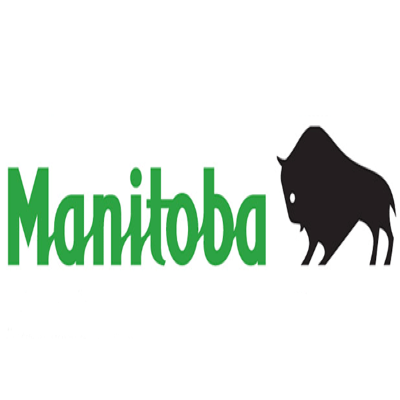2009
Type of resources
Topics
Keywords
Contact for the resource
Provided by
Years
Formats
Representation types
Update frequencies
status
Service types
-
This service hosts all of the recent results for the provincial British Columbia Elections (2009, 2013).
-

The purpose of this feature layer is to provide the 2009 overland flooding boundary in the Red River Valley. This dataset shows the extent of peak overland flooding in the Red River Valley in 20 09 . Data is based on RADARSAT – 1 satellite imagery. During processing, the raw data set was resampled to 12.5 meter pixel resolution, then classified using PCI Geomatica software which is a specialized software designed to manipulate space born imagery. The final output depicting the flooding boundary is available as a TIFF or Shapefile. Launched in November 1995, RADARSAT-1 was a Canadian-led project which provided useful information to both commercial and scientific users in such fields as disaster management, agriculture, cartography, hydrology, forestry, oceanography, ice studies and coastal monitoring. Equipped with a powerful synthetic aperture radar (SAR) instrument, it acquired images of the Earth day or night, in all weather and through cloud cover, smoke and haze. As of March 2013, the satellite was declared non-operational and is no longer collecting data. Many applications were developed to take advantage of RADARSAT-1 capacity for detecting the presence of water. These included monitoring flooding and the build-up of river ice, and mapping the melting of snow-covered areas. When used for flood monitoring, RADARSAT-1 data helped assess the impact of flooding, predicted the extent and duration of floodwaters, analyzed the environmental impact of water diversion projects, and developed flood mitigation measures. Fields Included:FID : Internal feature numberNAME : Flooded area nameAREA_SQKM : Size of flooded area
-
The Saskatchewan Geospatial Imagery Collaborative (SGIC) was formed to acquire new aerial photography and satellite imagery of the province. The SGIC is made up of 29 participating organizations including Provincial Government, Crown Corporations, Municipalities, Federal Government, Universities, First Nations, Community Organizations, and Industry. A list of SGIC members can be found on the imagery access web-site at www.flysask.ca. The Saskatchewan Geospatial Imagery Collaborative is acquiring current digital high resolution imagery compatible with modern Geographic Information Systems. This imagery is an integral part of the land, resource and asset management decision-making, and provides enhanced analytical capability and capacity to them and their clients. Uses for this imagery include, but are not restriced to: Transportation and Traffic, Public Safety and Emergency Management, Drainage and Hydrology, Property Management and Land Surveying, Agricultural Planning and Management, Natural Resource Planning, Environmental Planning and Management, First Nations Planning and Consultation, Public Utilities Planning and Management, Municipal Planning and Analysis, Tourism, Education, and Scientific Research.
-
The 2008-12 Saskatchewan Orthophotography Project provides seamless, accurate province wide ortho-rectified nadir aerial photography and elevation data of the earth's surface for use in geographic information systems (GIS). The imagery , when complete in 2012, will cover the entirety of the Saskatchewan landmass, with a 100 metre buffer beyond the provincial border, an area of approximately 654,000 sq.km. An ongoing OrthoPhoto refresh program is planned to commence in 2012. The color orthophotos have a 62.5 centimter pixel resolution. Digital Orthophotography Products are as follows: 1) Black and White ortho-photography by township tile [tif and tfw]; 2) Color Ortho-photography by township tile [tif and tfw]; 3) Color Infrared Images by photo frame; ortho-rectified but unmosaiced [tif and tfw]; 4) Digital Elevation model by township tile - 100m grid and breaklines [shp and usgs.dem]; 5) Overlapping aerial photography by camera photo frame for stereo viewing [tif and tfw]; 6) Exterior orientation data and camera calibration data (Pat-B EO and Z1 formats]. The complete OrthoPhoto Data Series consists of over 7000 individual township tiles and more than 20TB of spatial information.
 Arctic SDI catalogue
Arctic SDI catalogue